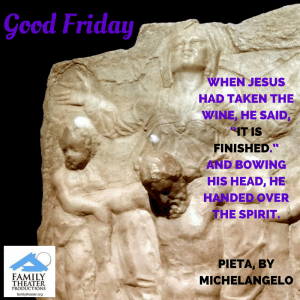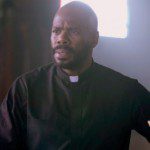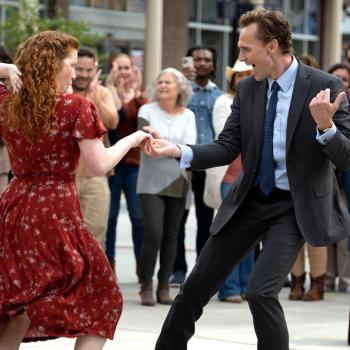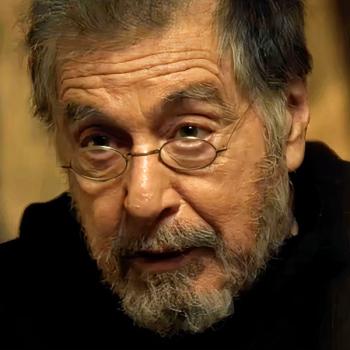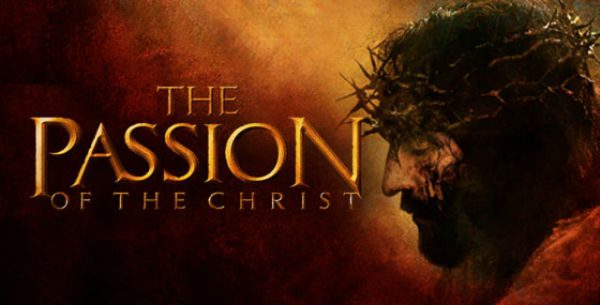 In our modern world, we are often insulated from life’s brutal realities, and that has crept into our faith lives.
In our modern world, we are often insulated from life’s brutal realities, and that has crept into our faith lives.
One charge leveled at Mel Gibson’s 2004 hit film “The Passion of the Christ” was that it was too graphic in depicting the physical injuries inflicted upon Jesus by the Roman soldiers, the carrying of the Cross and the Crucifixion. There’s no doubt that the visuals were horrific — looking at them even in still photos is difficult. But the ancient world was sadistic and cruel, with little regard for the humanity of the powerless.
Watching slaves, convicts and sacrificial victims beheaded, hung, dismembered or savaged by animals was a popular bloodsport well past the Middle Ages — and as we have seen in the news recently, it continues in other parts of the world.
Why, then, should we flinch from what was done to Christ?
But, as I was looking for a cover image of the Crucifixion to put on the Facebook page for the Hollywood-based Catholic apostolate/production company Family Theater Productions (where I am Social Media Manager and chief blogger) for Good Friday, the ones from “The Passion of the Christ” were too disturbing and bloody.
So, I went for one from “The Greatest Story Ever Told,” a classic Hollywood retelling of the Life of Christ, which takes a stately step back from the realities of what probably happened. For my Good Friday meme on the page (and for our Twitter and Instagram accounts), I choose a small Pieta by Michelangelo — currently on display as part of the Vatican Splendors exhibit at the Reagan Presidential Library in Simi Valley, California — which hints at the emotion of the moment, but doesn’t overtly show it.
Last Sunday, during Fox’s presentation of “The Passion,” a live musical event from New Orleans, host Tyler Perry opted for describing the Crucifixion instead of showing it. His words were frank and startling, but they weren’t a visual image.
So, then, what is the value of what Gibson did?
Many have debated his depiction of the Jews of Jerusalem in the movie — and still do — but that’s not the aspect of it that I’m discussing here. My focus is the way Gibson showed the violence done to Christ, regardless of who was responsible for it. Not so long ago, people in what is now the developed world had an intimate association with suffering and death. They saw terrible injuries, disfiguring ailments and corpses. They didn’t need to be shown brutality on a screen; they’d seen it with their own eyes.
But now, for many people, it’s easy to go for long stretches, even an entire lifetime, without firsthand knowledge of horrors and atrocities. At the same time, our movies and TV have become gratuitously violent, showing highly theatrical depictions of death and cruelty, but seldom ones designed to touch our deepest empathy.
That’s what Gibson did. Wielding not a delicate artist’s brush but a sledgehammer, he crashed through any pious distance we ever had from the Cross of Christ and laid it out in meticulous detail — every lash, every bruise, every moment of agony. It’s hard to watch, and harder to forget.
I confess — I saw “The Passion of the Christ” once, in a movie theater, surrounded by wailing, sobbing people. I’ve never seen it again. But its power, even today, remains undiminished, and I would recommend it in a heartbeat to any serious Christian, or anyone who wants to enter deeply into the reality of Christ’s sacrifice.
After the movie ended, as I was standing up, restoring the circulation to my lower body (it’s a long movie), I watched a couple of young men come down the stairs. They were hip, cool L.A. guys, with chains hanging from their pockets, bandannas tied around their heads, tattoos and baggy jeans — and they both looked like they’d been hit by a bus.
I caught the eye of one of them, just as he was reaching up to rub his nose. His red-rimmed eyes met mine, and he gave a a little smile and small shrug, as if to say, “Yeah, it got me.”
I also thought of the many non-Catholic and non-Orthodox Christians, who do not necessarily spend Holy Week walking step by step through the Passion narrative, but instead keep their eyes resolutely fixed on the glory of the Resurrection — as if knowing the end of the story renders the uncomfortable details of the rest of it superfluous.
Mel Gibson is a man of extremes, both in his personal life and in his work. His movies can have moments of great subtlety, and also moments that hit you upside the head. But perhaps, because of this, he knew that, in order to puncture the armor of disaffected indifference that surrounds so many people today, he needed to use brute force.
From what I saw, it worked.
As we walk through the Lord’s Passion this Triduum, with all its pomp and pageantry and beauty, let us not forget that the cruelty of the world lies at the heart of it, right alongside, and wrapped within, God’s enduring mercy.
Image: Courtesy Icon Productions
Don’t miss a thing: Head to Authory.com/KateOHare


